iPhone 16
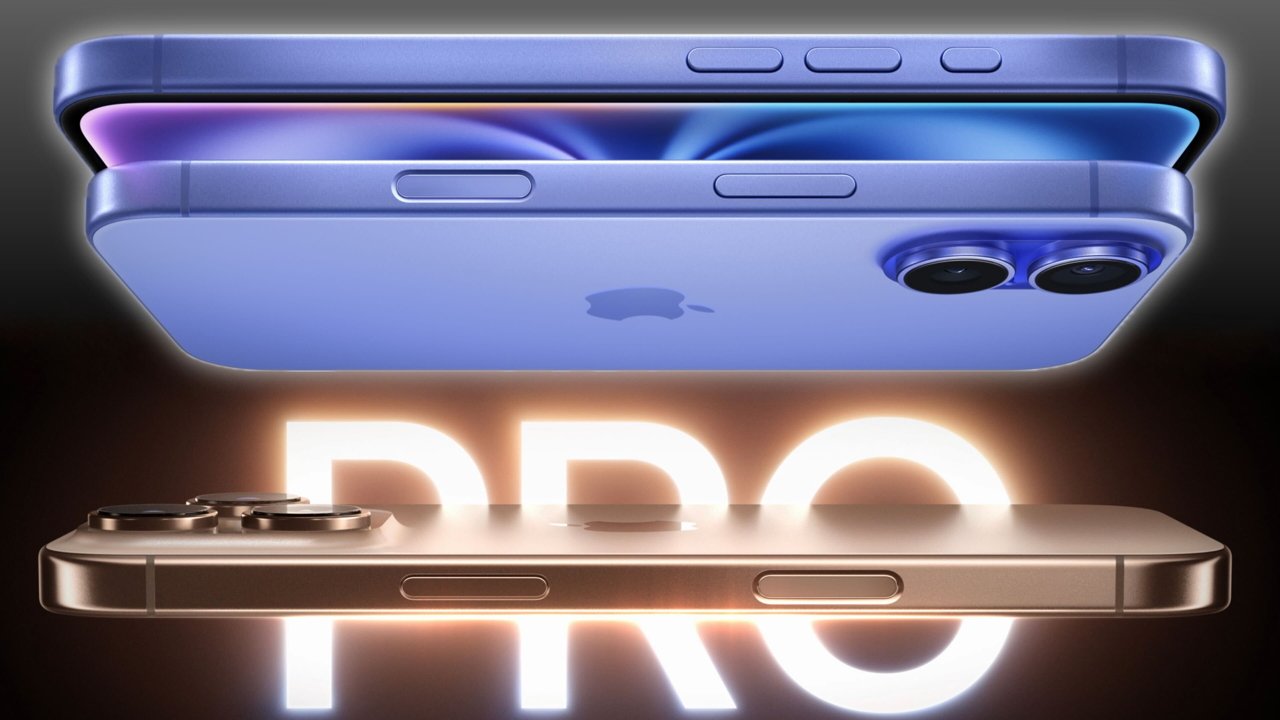
● A18 chip
● Capture
button
● 48MP Ultra
Wide Camera
● Larger
displays for pro models
● Apple Intelligence
● Expected in September 2024
Time marches on, and that means new iPhones are coming. The iPhone 16 lineup is due in September of 2024, and rumors are piling up.
Rumors so far have suggested minor design changes with a focus on internal updates, chipsets, and a potential new button. The A18 Pro processor could have significant improvements focused on Apple AI efforts.
A significant indicator for what could be coming in the fall was revealed during WWDC 2024. Beyond the usual feature updates, Apple revealed its version of AI called Apple Intelligence.
The M4 processor introduced with the updated iPad Pro models in May 2024 also reflect Apple's potential AI strategy. High-end chipsets with powerful Neural Engines will be necessary to handle the rumored on-device models planned for iOS 18.
iPhone 16: Plus, Pro, Max
Apple is expected to continue its two-tiered system of pro and standard devices — with a twist introduced in 2023. The standard iPhone and iPhone Plus should have near-identical features with different screen sizes, while the iPhone 16 Pro and iPhone 16 Pro Max may continue to see differentiated features.
There could be enough differentiation that Apple would call the high-end device iPhone 16 Ultra. Mark Gurman states this model would have the best camera configuration, the best display, and possibly an even better processor than non-Ultra models.
The Ultra name was rumored for the iPhone 15 lineup too, and since the name hasn't come up in recent rumors, it likely won't happen this time either. It has been rumored for multiple years and never pans out.
Pro models are expected to get a slight size increase. The iPhone 16 Pro would have a 6.27-inch display while the iPhone 16 Pro Max would have a 6.85-inch display. A leak in April 2024 corroborated this size change.
That size increase would allow the iPhone 16 Pro model to gain the 120 mm Tetraprism lens. A new photography-focused button called the Capture button is also rumored for pro models.
Otherwise, designs will likely remain somewhat similar year-over-year for every model. One notable change may be to the camera bump for the standard iPhones — shifting to a vertical alignment for spatial video capture.
A rumor in April 2024 suggests Apple could bring the metal-infused back glass to iPhone 16 Pro models. The material is easier to color and has a matte finish. It was originally used in the base iPhone 15.
iPhone 16 Display
Apple is likely to retain the same display technologies for both the iPhone 16 and iPhone 16 Pro. The increased display sizes would have a new 16.6:9 aspect ratio.
However, in early April 2024, it seems that manufacturing with thinner bezels in mind is tricky to actually accomplish with a border reduction structure. A report surfaced that, due to the tight placement of circuitry, production is harder for all of Apple's usual display suppliers like Samsung display.
One early rumor suggested Apple could get rid of the display cutouts entirely and rely on a pure software Dynamic Island that can disappear. The rumor hasn't been repeated or corroborated, so it likely isn't happening this generation.
Apple could shrink the Dynamic Island slightly by placing some components below the display. One rumor said the cutout is more narrow, but that rumor suggested it was due to smaller components and not under-display tech.
The new iPad Pro models with M4 processors introduced in May 2024 have tandem OLED for brighter SDR content at 1,000 nits. Apple could use tandem OLED to make iPhone displays even brighter.
The standard iPhone 16 and iPhone 16 Plus would retain identical display sizes to the iPhone 15 and iPhone 15 Plus. They could gain an LTPO backplane for ProMotion and always-on display support, but so far those features have been reserved for pro models.
StandBy was introduced in iOS 17 and it is an interesting feature that takes full advantage of always-on displays. If Apple adds an LTPO backplane for a variable refresh rate, it doesn't necessarily need to enable refresh rates beyond 60Hz.
Some assume Apple could offer 90Hz displays on the standard iPhone models, but no rumors indicate that.
iPhone 16 Cameras
Apple has made big shifts in its cameras over the past few years — at least for pro models. Standard models likely won't see much of an upgrade beyond new capabilities enabled by the chipset and a new camera layout.
A rumor from Unknownz21 suggests Apple is testing a vertical camera arrangement for base iPhone 16 models. This vertical arrangement hasn't been used since iPhone 12, but would return to enable users to record 3D video for Apple Vision Pro.
The rumors of a vertical camera arrangement led to at least one accessory vendor designing cases for the potentially changed bump. The new bump would be rectangular around the cameras with the flash off to the side.
Supply chain analyst Ming-Chi Kuosays the tetraprism element introduced in iPhone 15 Pro Maxcould come to the iPhone 16 Pro due to increasing device sizes. There isn't enough space in the iPhone 15 Pro for the new 120 mm camera, but there should be in the 2024 model.
Apple could upgrade the Ultra Wide Camera to a 48MP sensor for pro models. It would mean sharper photography for the 0.5x mode and macro mode, but also offer significant improvements to spatial video capture and Portrait mode.
One August rumor claims that the camera lens for the iPhone 16 Pro models could have a new coating to reduce flares and improve the image quality. The technology, Atomic Layer Deposition, will coat the lenses with a film a few nanommeters thick, which could reduce ghosting.
Cameras are a very important part of the iPhone and no doubt they will be emphasized for the iPhone 16 lineup. A tool called Clean Up was introduced with iOS 18, but it's an editing feature that is used after a photo is captured. Apple could introduce Apple Intelligence photography features too.
Apple's competitors have pushed well beyond the realistic standpoint in photography with AI editing, but Apple has held its ground so far. Clean Up enables photos to be edited so they are still realistic representations rather than fantastical exaggerations. There won't be any moons replaced anyway.
iPhone 16 Capture button
A new button could be added to the iPhone 16 Pro models below the sleep/wake button, which would require the mmWave antenna to move. Rumors refer to it as the "Capture button" and it likely would be used with the camera.
Rumors surrounding the Capture button have moved from capacitive to mechanical with some different control options. Users may be able to swipe the button for zoom control, perform a half press to focus, and press to take a photo.
By April 22, the rumors spread back to the use of capacitive versions, with supplier Advanced Semiconductor Engineering to provide the components. A separate rumor from the same time said that two Taptic Engine motors would provide vibration feedback, specifically for "presses" of capacitive buttons.
The location of the Capture button mimics where a shutter button would be on a digital camera. Apple has added a shutter button to iPhone before, but through the Smart Battery Case.
It seems unlikely that Apple would add a new button a year after introducing the Action button, but anything is possible. One of the most popular uses of iPhone is the camera, so emphasis on that use with a dedicated hardware button could reinforce that idea.
3D models and case leaks show a cutout for the rumored Capture button. Again, these could be based on existing leaked models, or they could be official specs shared from Apple to let manufacturers prepare for the launch.
A feature in iOS 18 lets users replace the camera and flashlight buttons on the Lock Screen. It is a move that indicates Apple may have a better shortcut to the camera on iPhone 16 Pro and iPhone 16 Pro Max.
Another new iOS 18 feature is a simple UI change that could be used with the Capture button. It is a software representation of a button being pressed, in which a indentation occurs into the display whenever a button is pressed. This would be particularly useful for a capacitive button.
iPhone 16 Face ID and Touch ID
After years of rumors pointing to a return of Touch ID to the iPhone, they've finally fallen off. Ming-Chi Kuo states that Apple's solution for Face ID working with masks is enough of a stopgap that Touch ID won't return in 2024 models.
That leaves Face ID, which uses a sensor array situated beneath the dot and hole cutout in iPhone displays. Rumors suggest Apple could hide these components beneath the display, and this shouldn't reduce Face ID accuracy or security.
Apple hasn't stopped introducing new biometrics, though. The Apple Vision Pro uses something called Optic ID, which scans the wearer's iris.
It isn't clear if such biometric technology could come to iPhone or if it would be useful on a handheld device. For now, the only people that continue to worry about iPhone security are those with evil twins.
iPhone 16 Processor: A18 Pro
Apple's processor naming scheme just increases the value by one each year, so the iPhone 16 Pro and iPhone 16 Pro Max would run the A18 Pro. It would be the second-generation 3nm processor with modest speed improvements and an improved Neural Engine targeting Apple Intelligence.
The standard models would get the iPhone 15 processor — likely the A17, sans "pro." It isn't clear how Apple will handle standard iPhone chips in 2024, as one rumor suggests both iPhone 16 models will get an A18 variant so they all can support Apple Intelligence features.
A18 Pro could introduce new wireless technology like Wi-Fi 7, though that rumor doesn't seem overly realistic. Apple isn't usually at the forefront of wireless technology, and Wi-Fi 6E has only been introduced with A17.
Bringing a version of the A17 to the base both the iPhone 16 base models could enable Apple Intelligence on those devices. It is currently only available for both the iPhone 15 Pro and iPhone 15 Pro Max.
Apple focused on graphics improvements with the A17 Pro, but A18 Pro will likely be all-in on AI. The Neural Engine is a powerful component in Apple Silicon, but it could get a significant upgrade in 2024.
Rumors suggest Apple will use metal battery casing for improved heat distribution.
A more efficient processor combined with stacked batteries could lead to longer battery life. The iPhone 16 Plus will likely still have the best battery due to its display and processor configuration, but the iPhone 16 Pro Max could surpass it if its battery life is impacted by a more advanced processor.
A rumor shared in July 2024 suggests Apple is expecting to sell up to 100 million iPhone 16 units, likely driven by demand for access to Apple Intelligence. TSMC will be suppling the chip as usual.
Apple Intelligence and iPhone 16
Artificial intelligence has become a significant buzzword in silicon valley. Apple's avoidance of the term, relying on the older machine learning designation, has led to the belief that Apple is behind on AI and large language models.
Even though Apple didn't call it AI until recently, there has been significant features that relies on AI like autocorrect and the image pipeline.
Ultimately, Apple did finally land on a marketing term that allows it to embrace the "AI" term, and it is called Apple Intelligence. After iOS 18launches in the fall, it will run on iPhones with powerful processors, A17 Pro and newer.
The upgrades include Writing Tools, Image Playground, and an improved Siri. Apple's approach focuses on privacy with local models that rely on server calls only when necessary, and even the, they call Apple Cloud Compute servers where user data isn't saved or used for model training.
The improved Siri may not come until a much later update in 2025, likely iOS 18.4. Everything about Siri has changed and Apple processes billions of requests in a day, so it is likely a significant undertaking.
On-device AI
Apple Intelligence emphasized the use of private and secure local models that run on the iPhone. These models are powered by the Neural Engine found in A17 Pro and, once it is revealed, A18 Pro.
On-device AI is clearly something Apple has been aiming for with its efforts in the field. It is also an indication of why Apple Intelligence had to wait until WWDC 2024 to be revealed — the Neural Engine on A17 Pro is the first powerful enough to run it.
M-series processors from M1 to M4 can also run Apple Intelligence. So, any Mac with Apple Silicon is compatible with the new feature set. iPhone users are only able to use the iPhone 15 Pro and iPhone 15 Pro Max, for now.
The iPhone 16 Pro and iPhone 16 Pro Max will also be able to run Apple Intelligence. It remains to be seen if Apple will bring the features to standard iPhone models. That will depend on which chipset is used and its Neural Engine.
If a request needs access to a more powerful model, Apple can pass requests to an Apple-owned server with Apple Cloud Compute. Apple's server-side LLMs run on Apple Silicon, have a secure enclave, and keep information and requests just as private as running a model on-device.
ChatGPT and others
Apple also understands that users will want access to third-party LLMs — similar to how it offers alternative search options. So, there will be an option to enable ChatGPT and other LLMs for off-device requests. It's all optional, private, and off by default.
Just like when the on-device models might pass information to an Apple server, the same process will occur when determining if ChatGPT is required. For example, if a request needs world knowledge that ChatGPT has access to, a popup will request to send the prompt to ChatGPT.
The user must explicitly provide permission every time a request is sent to ChatGPT. The popup will contain what information is being sent to provide transparency.
On top of that user control, Apple has ensured OpenAI doesn't track user IP or keep data from requests under penalty of law. All data is tossed after an answer is provided, and nothing is used to train OpenAI's or Apple's models.
Apple won't announce the iPhone 16 lineup until September 2024. As it gets closer to that date, more rumors will paint a clearer picture of what to expect from these new iPhones
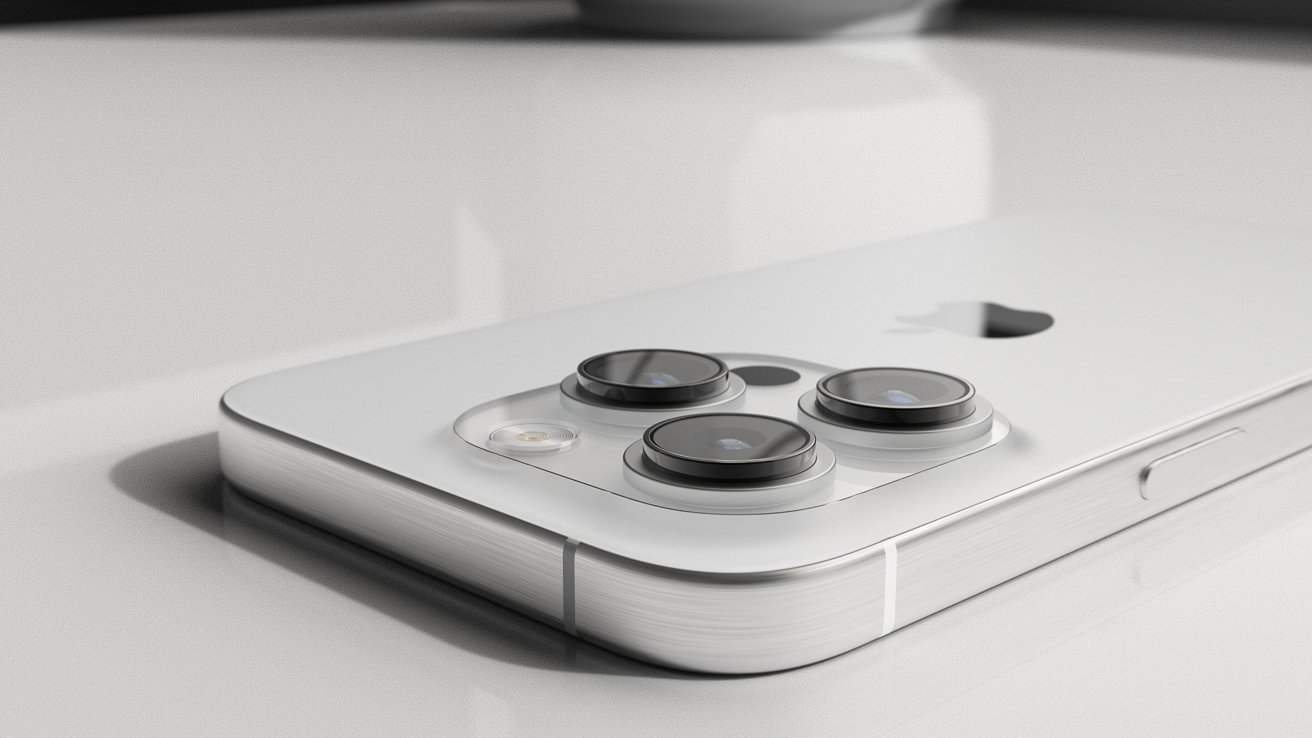
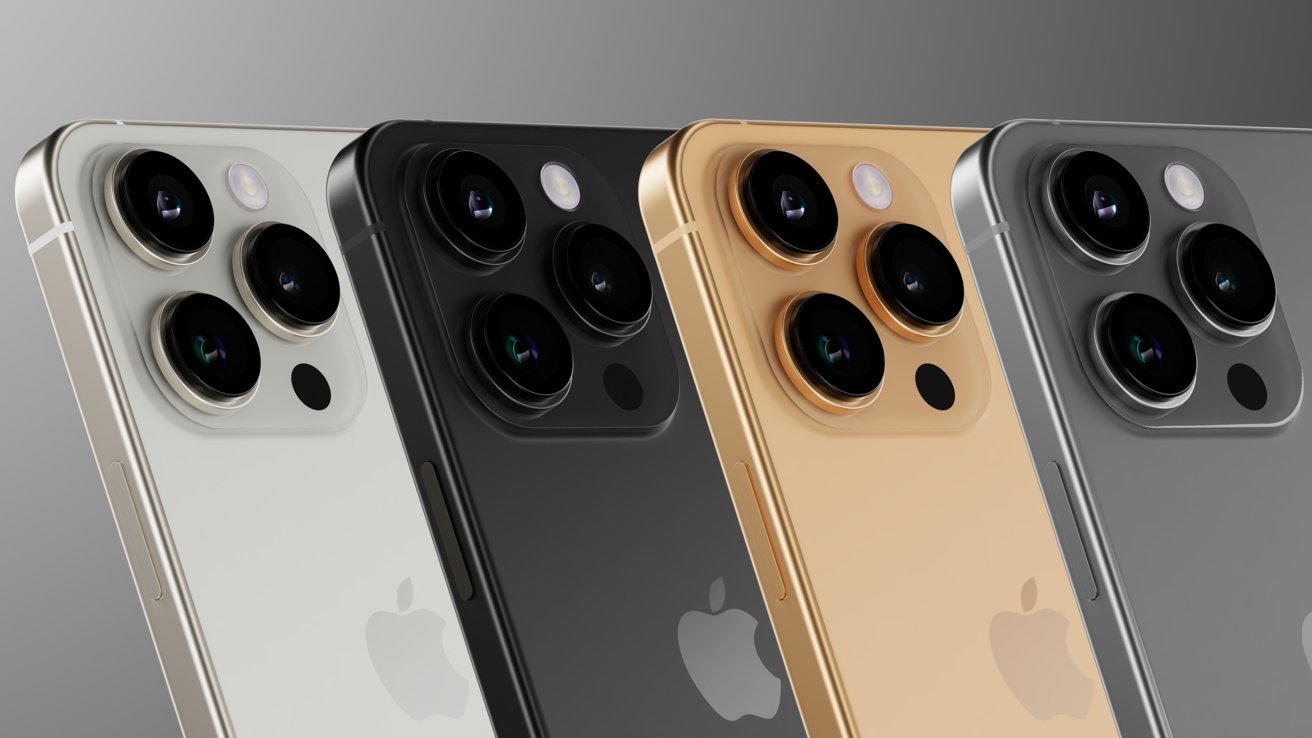
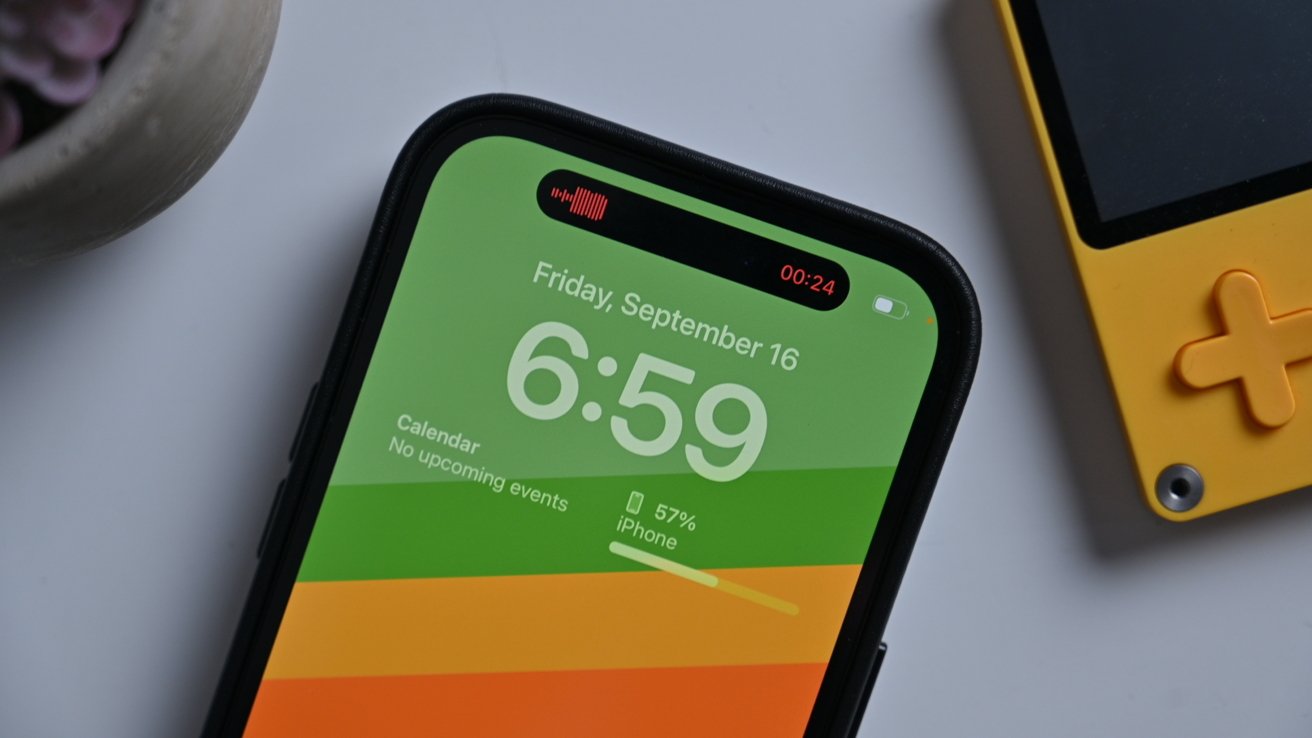

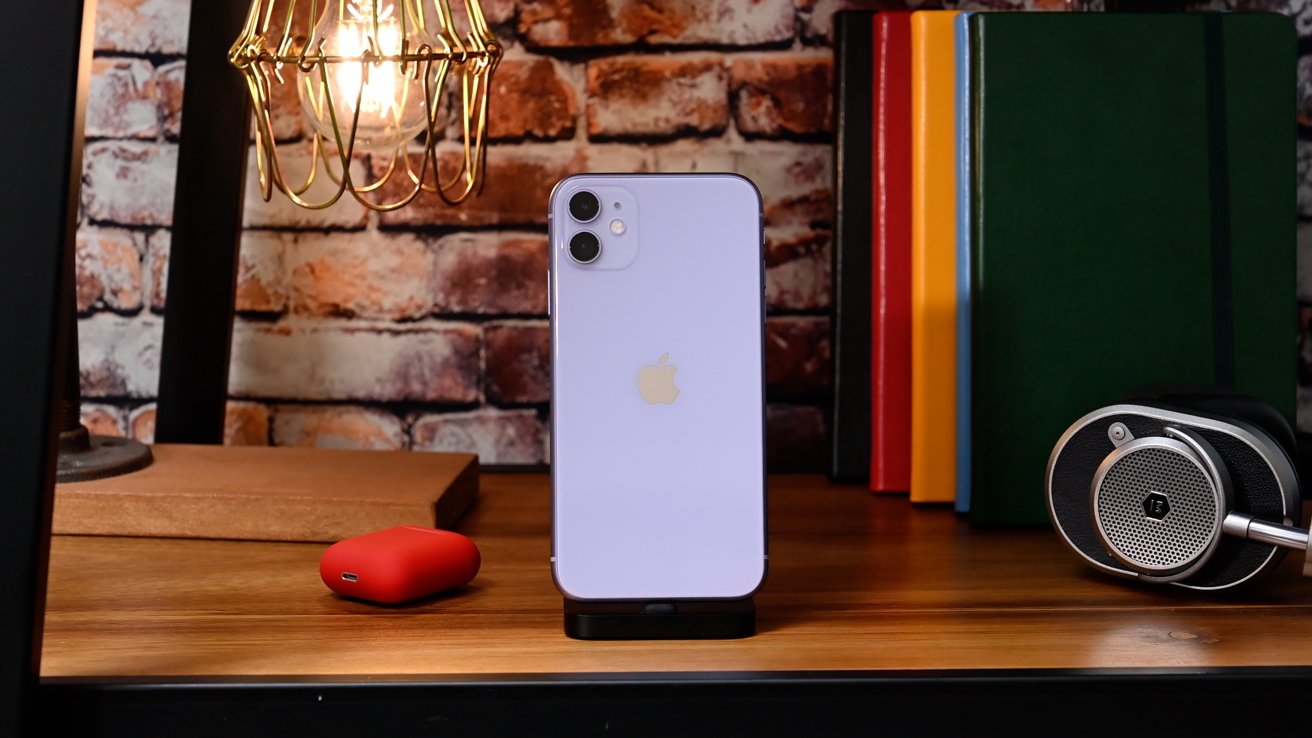
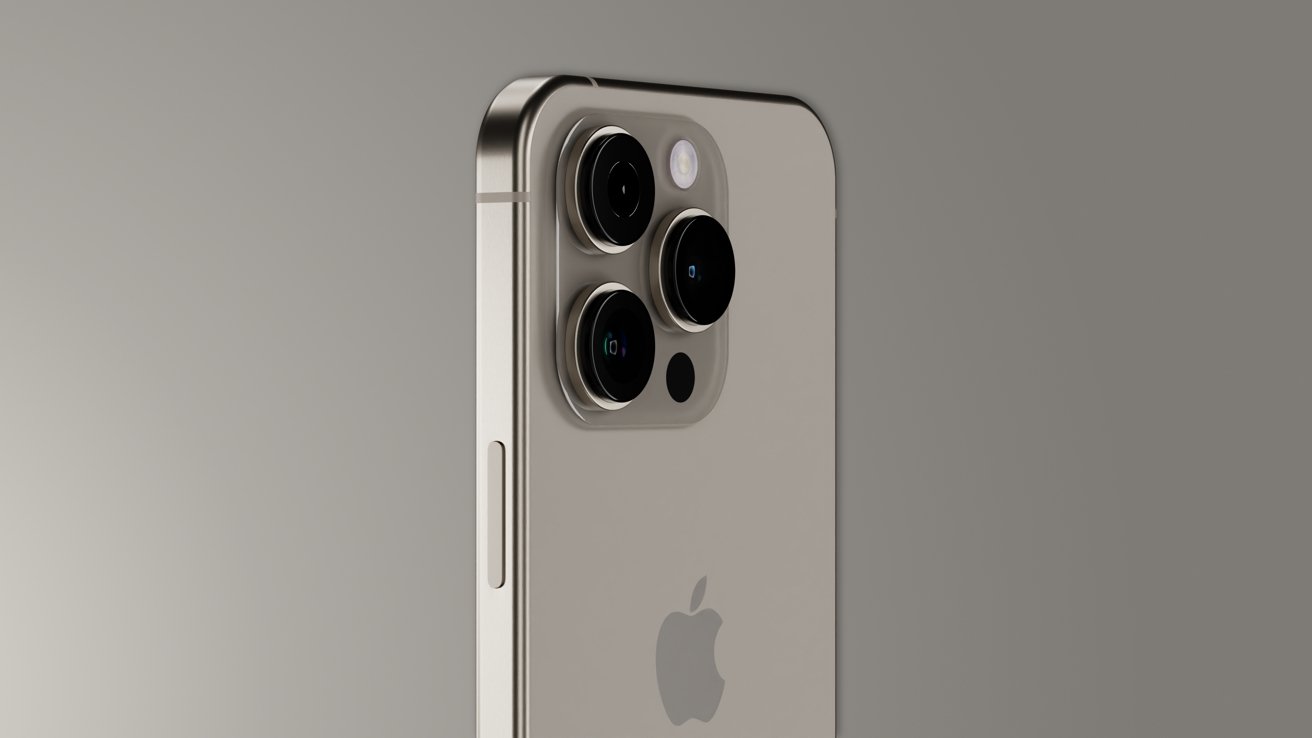
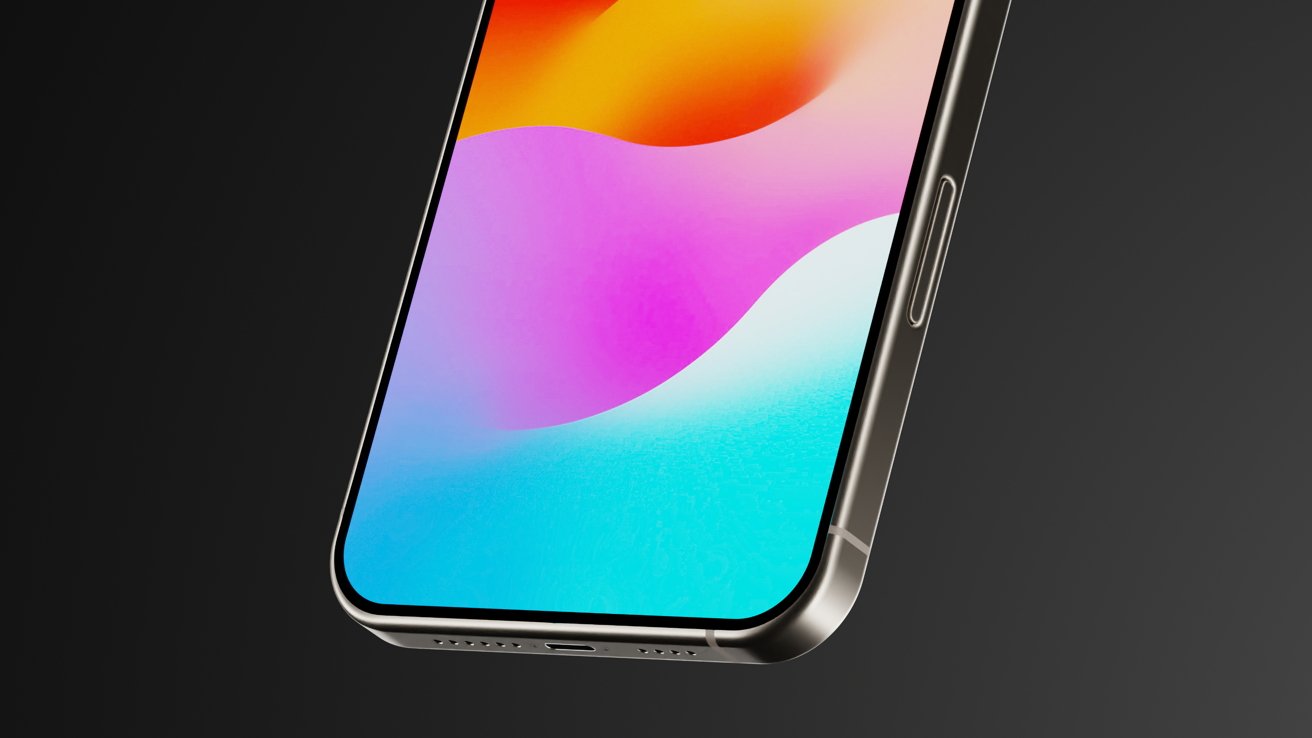
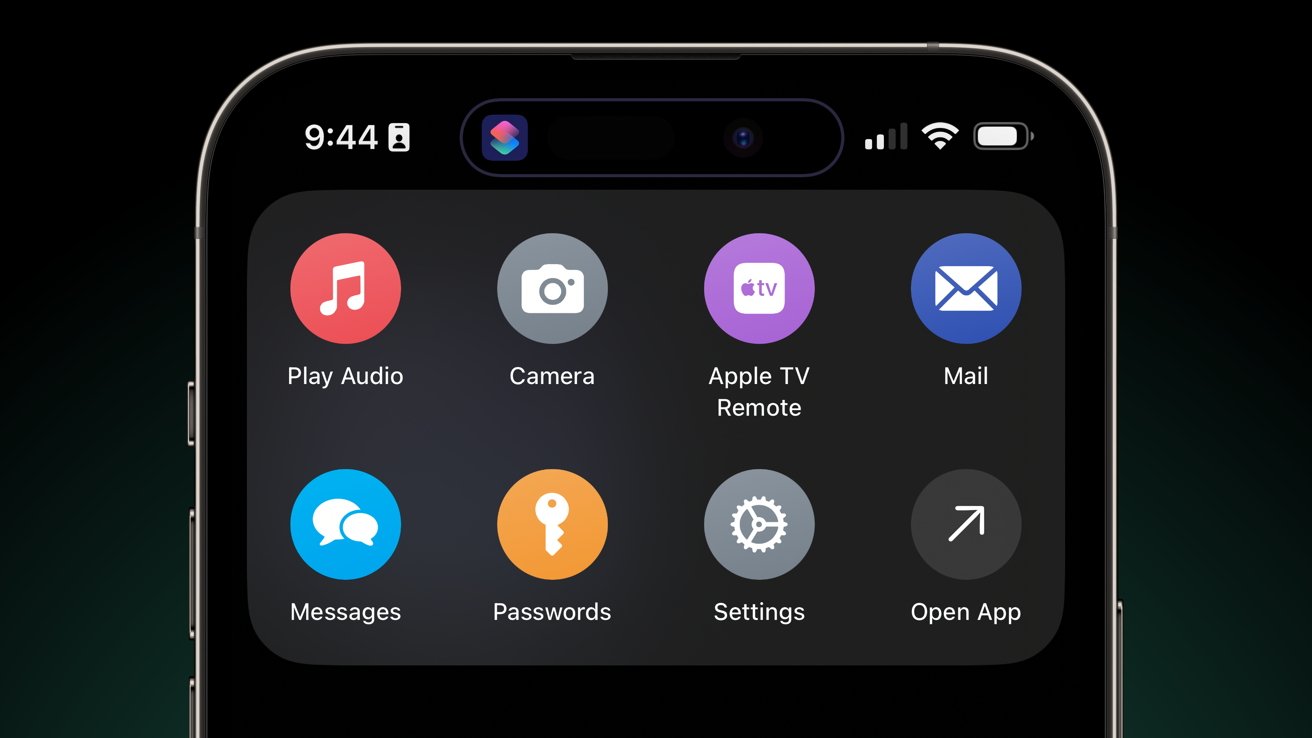
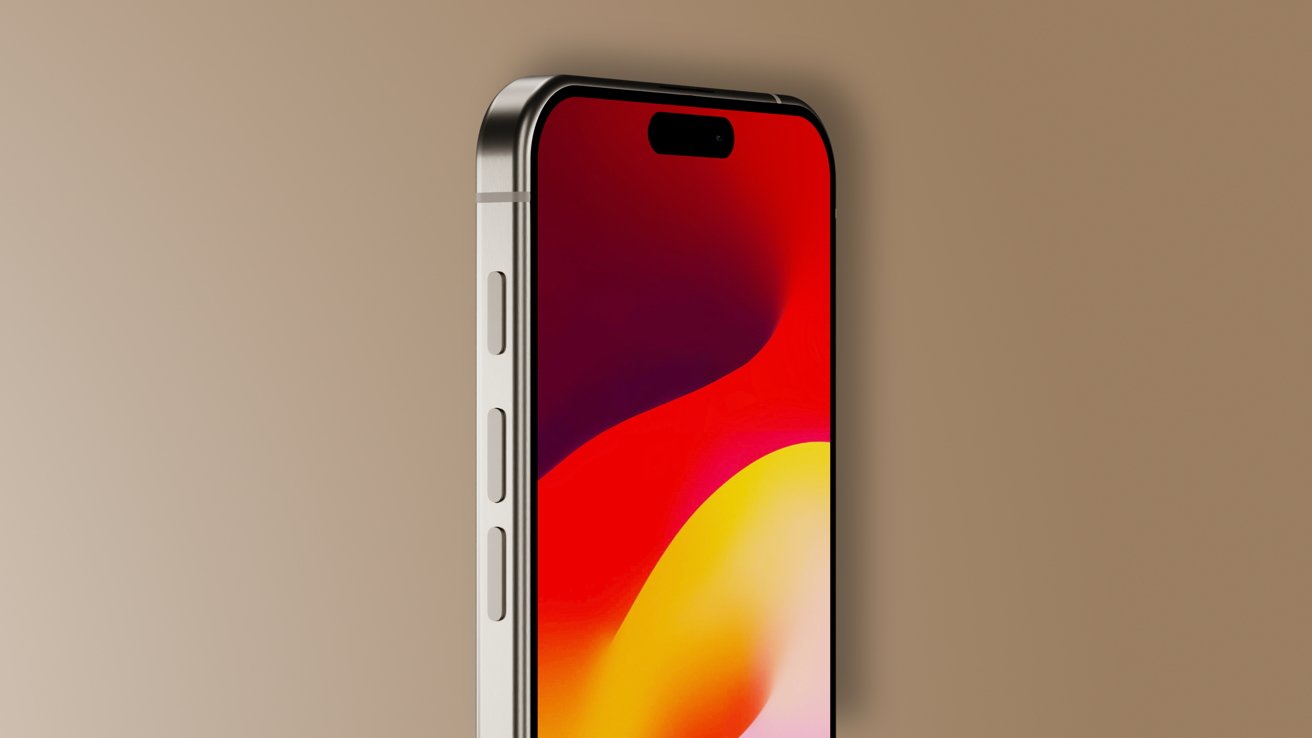
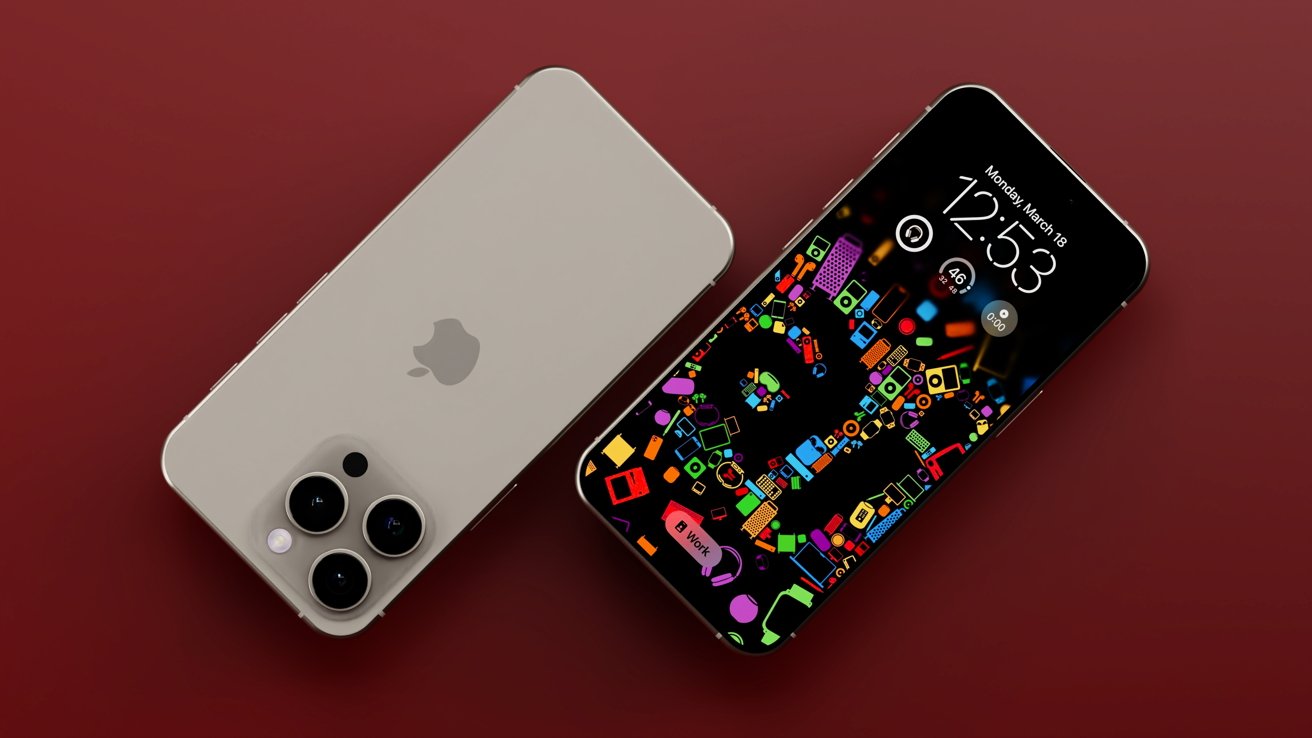

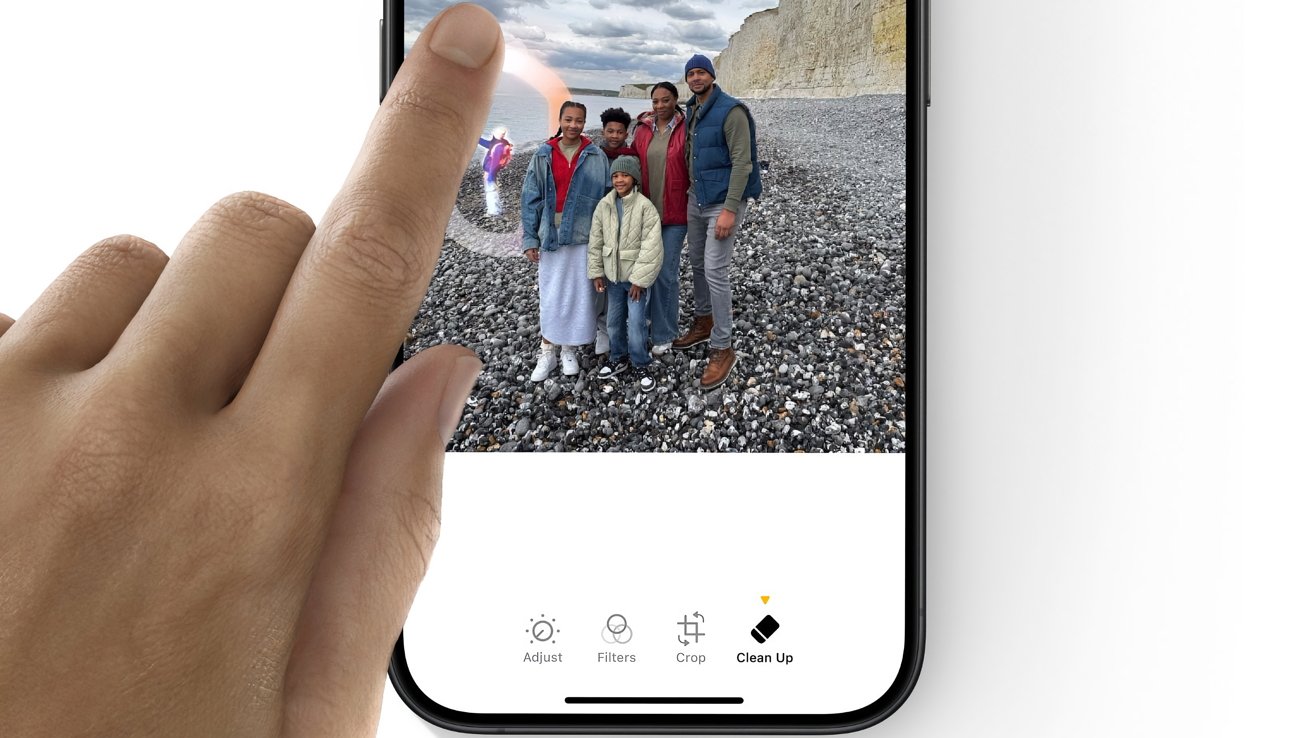
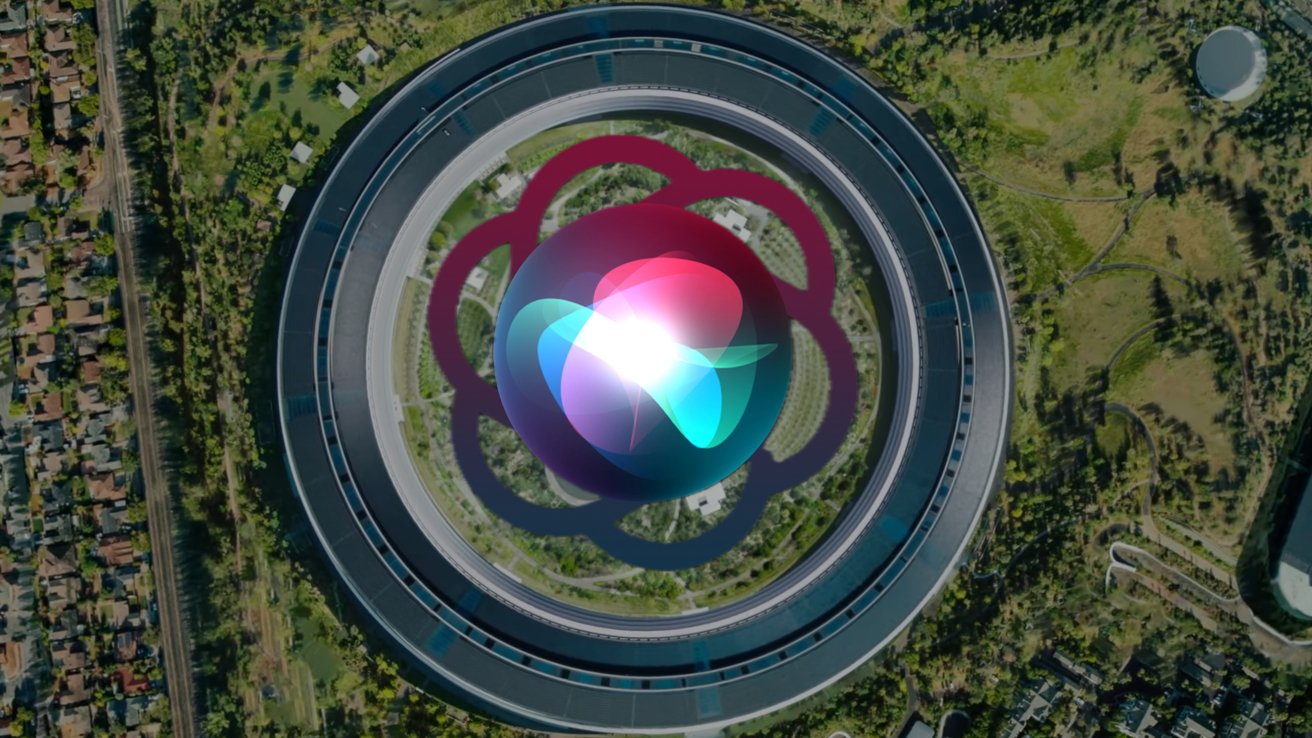




0 Comments
Thank you for following
#Mr Jerryous
#Thnx